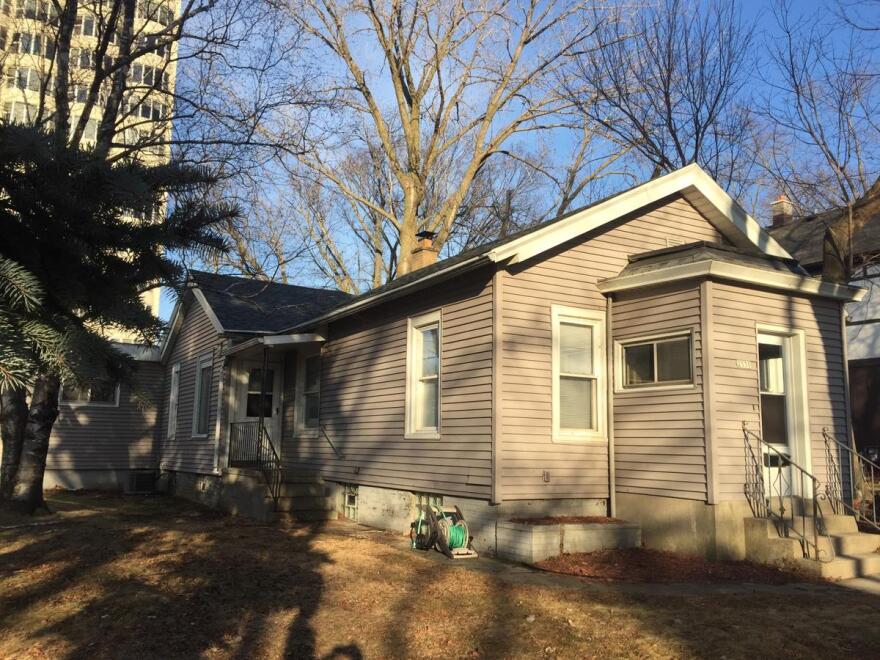In 1867, Eber Brock Ward chose an area south of Milwaukee to open his newest rolling mill. That area is now known as Milwaukee’s Bay View neighborhood.
“The Milwaukee Iron Company is the reason that Bay View exists,” historian Ron Winkler says.

Ward didn’t just build a mill, he constructed an entire company town — the first in the state of Wisconsin. “What Ward did was to build a company town in order to house his workers who came from the British Isles,” Winkler says.
The mill has since been torn down, though parts of the mill’s concrete foundation were kept to hold up the Hoan Bridge.
The most notable artifacts leftover from the old company town are homes that were constructed for workers to live in, called puddlers' cottages.
“Puddlers were the highly skilled workers who were the top of the line employees at the iron company. Puddling converted pig iron into wrought iron and was very dangerous and it required physical strength, stamina and concentration,” Winkler explains.
He says the mill was successful and that the town grew after it opened for business.
“In 1868, there were 25 buildings that had been erected and by 1870, there were 88 houses that were built, and they were all over Bay View,” he says.

Despite being named after some of the most important employees, the cottages are quite modest. The one-story buildings do not have basements and according to Winkler, only a few rooms.

He says that workers would bring their families to live with them but that larger families would have struggled to fit inside these homes.
Recently, temporary historic protection has been granted to one of these cottages, located at 2530 S. Superior St., after the property was sold in December. This decision comes as the Historic Preservation Commission reviews an application to give the entire east side of the 2500 block of Superior St., the longest remaining row of puddler's cottages, permanent historic protection.
Winkler thinks the cottages should be granted the protection. “We have seen the loss of a lot of the puddler's cottages,” he says. “[The 2500 block of Superior St.] is a very well-preserved examples of puddlers cottages that exist right in a row.”












